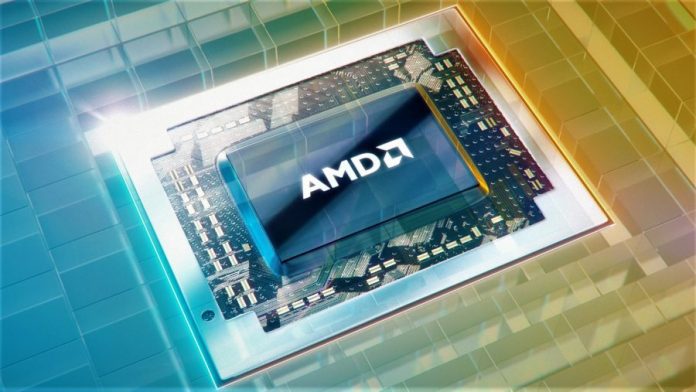Advanced Micro Devices (AMD) is coming up with 7nm Navi graphics. It is speculated that AMD is focusing its efforts with Navi on semi-custom chips (RX Navi 3000 series) and it is likely to be catered for PlayStation 5 console. There is a possibility that the RX Navi 3000 series’ cards could show up in July 2019 but there has been no confirmed release date yet. AMD may release RX Navi 3000 series in two variants the initial reports say it could be Navi 10 and Navi 11 but revised reports believe it could be Navi 12 and Navi 10. The RX Navi 3000 series release date is most likely 2019. A definite release date will be announced soon. It is speculated that the entire ranged will not be released in one go. The mid-range RX Navi 3000 series’ release date is most likely late july or august 2019. The rest of the RX Navi 3000 series release date is early 2020.
AMD plans to deliver 7nm CPUs, GPUs and also 7nm APUs which will contain the Navi graphical cores. The Radeon RX 3060 will be the entry level card a 4 GB GDDR6 VRAM (a new type of memory which is supposed to be fast) and it will run on 75W. Based on the 7nm Navi 12 GPU architecture this GPU is going to be less power hungry and may be in a direct competition with Nvidia GTX 1060 and GTX 1660.
The AMD Radeon RX 3070 with 7nm Navi 12 GPU will offer an 8 GB of GDDR6 VRAM in not more than 120W. It will perform at the level of Vega 56. This may give competition to Nvidia’s GTX 2060 graphics card. Then the high end card AMD Radeon RX 3080 on 7nm Navi 10 is paired with 8 GB of GDDR6 RAM in 150W. In terms of performance this card will be competing with Nvidia’s RTX 2070. AMD’s chip is expected to deliver top performance at mid range prices.
Navi will debut with a new micro-architecture. This will help Navi overcome the Graphic Core Next gen framework. This will result in better efficiency, more shaders and more clock speeds. Navi will support both HBM2 and GDDR6 memory and AMD will not use the multi-chip module approach for Navi.
AMD announced that the RX Navi 3000 series will not support ray tracing until ray tracing is applied to all the product ranges from low end to high end. At the CES 2019 AMD CEO Lisa Su did announce that AMD is ‘Deep in development’ for ray tracing tech. AMD Navi may also come in laptops especially the next line of Macbooks. Basically AMD’s upcoming series of graphic cards are said to deliver a major leap in terms of performance over their current generation cards.
There are some new reports about the navi card testing its performance along with vega 65 and vega 54 cards. The cards are rumoured to dominate the market and take on the entire GTX 1600 series of the Nvidia cards. Further reports speculate that the graphic cards would consist multi chip module design. Therefore instead of single chip monolithic GPU navi will consist of multiple GPU’s strung together they will work in unison through a high speed interconnect. AMD already has an interconnect known as infinity fabric. The infinity fabric allows you to join different engines together, this facilitates low latency and high bandwidth interconnects.
The new 7nm cards use AMD’s xGMI feature a peer to peer interconnect which can offer GPU higher than PCIe 3.0. The Navi card is prepared to be used in both GDDR6 and HBM. Navi is also rumoured to be the last graphics card built with the GCN architecture at its core. Navi is going to be built on the 7 nm FinFET process node. This extremely dense node delivers twice the logic density which accounts for at least a 40% boost in performance as compared to the current 14nm FinFET node. Despite the natural enhancement of the node, the performance will still largely depend on the AMD’s own ingrained enhancements within the architecture.
It looks like AMD will launch its new Navi range of graphic cards alongside the second gen Zen 2 architecture and Ryzen 300 series of CPUs. AMD’s next generation GPUs are to feature the variable rate shading (VRS) and better game performance on Navi graphic cards. VRs will apply full details on sections and frames and will reduce the rendering load on other parts this will in turn increase performance. There have also been various reports which indicate that the Navi GPUs would be the underlying graphics architecture of next generation consoles from sony and microsoft.













![WWE 2K19 XBOX Series X Gameplay [4K60FPS] – Noam Dar vs Akira Tozawa Extreme Rules](https://www.hgunified.com/wp-content/uploads/2022/03/maxresdefault-34-100x70.jpg)
